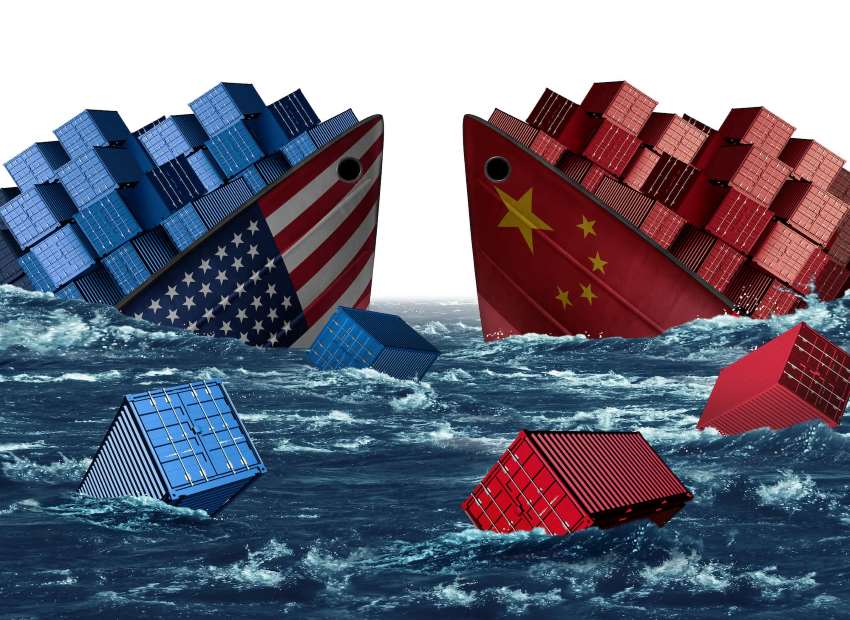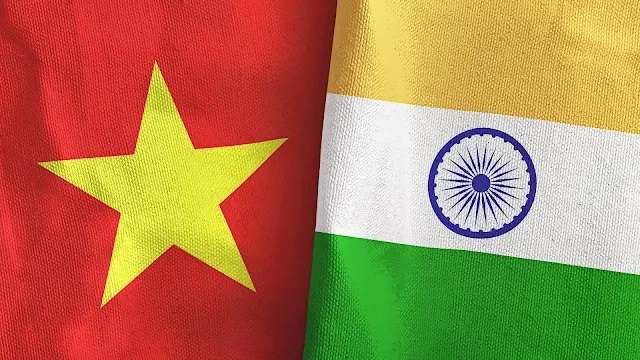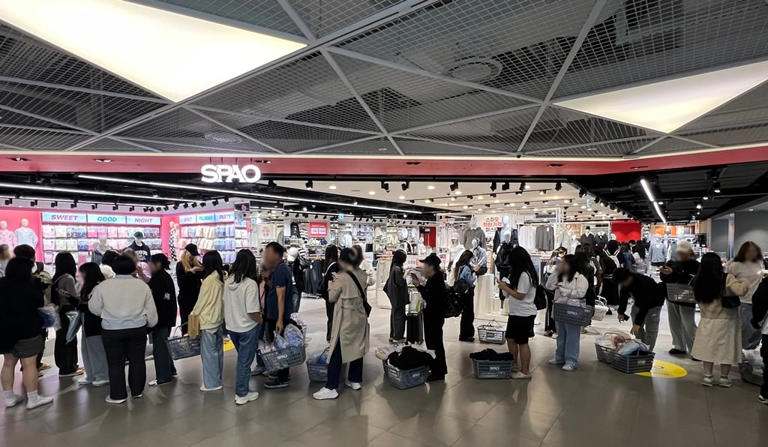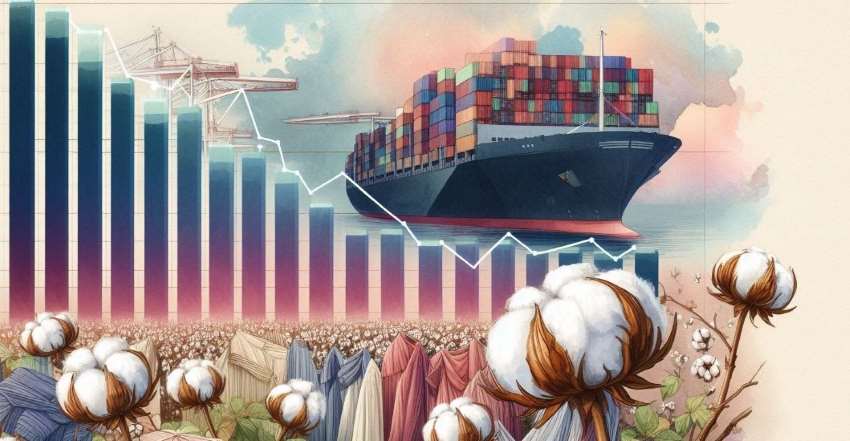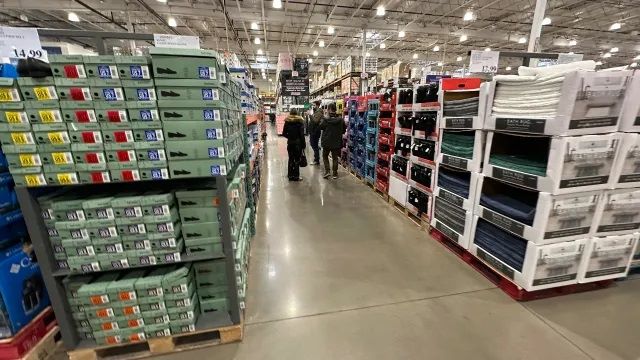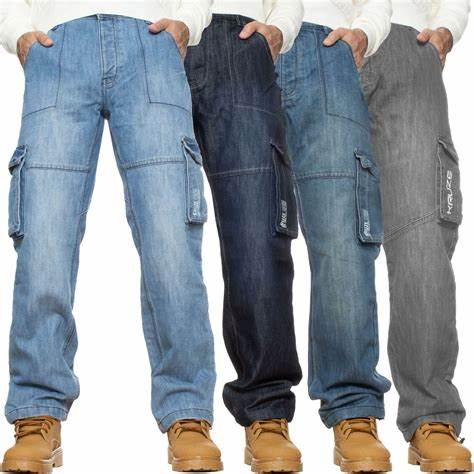"A new business intelligence report by Global Market Insights titled ‘Blended Fibers Market Research Report’ provides comprehensive market analysis with future prospects to 2024. The report predicts the blended fibers market in the Asia Pacific region will be over 9 million ton by 2024. This is driven by growing demand for attractive and corrosion resistant home furnishing products. Surge in demand for handcrafted products coupled with home décor including wall hangings, bed linen products and rugs & carpets will further boost demand."
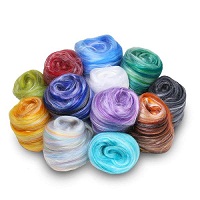 A new business intelligence report by Global Market Insights titled ‘Blended Fibers Market Research Report’ provides comprehensive market analysis with future prospects to 2024. The report predicts the blended fibers market in the Asia Pacific region will be over 9 million ton by 2024. This is driven by growing demand for attractive and corrosion resistant home furnishing products. Surge in demand for handcrafted products coupled with home décor including wall hangings, bed linen products and rugs & carpets will further boost demand.
A new business intelligence report by Global Market Insights titled ‘Blended Fibers Market Research Report’ provides comprehensive market analysis with future prospects to 2024. The report predicts the blended fibers market in the Asia Pacific region will be over 9 million ton by 2024. This is driven by growing demand for attractive and corrosion resistant home furnishing products. Surge in demand for handcrafted products coupled with home décor including wall hangings, bed linen products and rugs & carpets will further boost demand.
Blended Fibers Market in recent years has emerged as a niche business catering to some of most pivotal verticals. The industry encompasses companies attempting to recreate fibers that would have minimal impact on the environment. A recent instance of this is the launch of EcoVero, a viscose fiber with low environment impact.
Reycling, upcyling to eliminate waste
As environmental safety is taking precedence over industrial processes, companies are opting for recycling and upcycling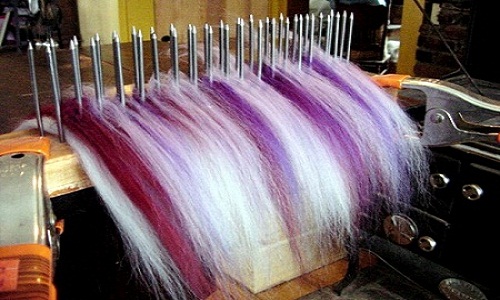 waste for fabric production. Seaqual, the joint venture formed by three prominent companies, recently announced its debut fiber sale that was generated by upcycling plastic waste. This waste was collected on oceanic grounds and is then extracted with the help of 400 partner fishing boats. In essence, with every kilogram of fiber that Seaqual produces, a kilogram of waste is eliminated from the sea.
waste for fabric production. Seaqual, the joint venture formed by three prominent companies, recently announced its debut fiber sale that was generated by upcycling plastic waste. This waste was collected on oceanic grounds and is then extracted with the help of 400 partner fishing boats. In essence, with every kilogram of fiber that Seaqual produces, a kilogram of waste is eliminated from the sea.
Low carbon emission yarns save natural resources
Seaqual's yarns can be used as it is or blended with natural fibers for swimwear, denims, ready-to-wear, and sportswear. Despite the fact that these fibers exhibit properties similar to polyester fibers, they save around 50 per cent energy, have 50 per cent lower carbon emission, and reduces water consumption of 40 per cent
$300 billion textile exports by 2024-25
Driven by its massively growing textile and home furnishings sector, India has been touted to emerge as one of the most promising avenues for blended fibers in forthcoming years. In fact, the market is one of India's largest export contributors with around 13 per cent of overall exports in India credited to the textiles sector. The government plans to launch a new textile policy that aims to accomplish a benchmark of $300 billion worth of textile exports by 2024-025. This would significantly impact the share of the regional blended fibers market.
Major growth drivers
The blended fiber yarn market, last year, witnessed a couple of rather pivotal incidences that would have a commendable influence on future Indian market trends in the years to come. These include:
Sutlej Textiles and Industries (STIL), one of most prominent participants of blended fibers market, recently acquired the design and distribution unit and the brand name of the Pennsylvania-based American Silk Mills (ASM). This acquisition is likely to strengthen Sutlej's home textiles portfolio.
Welspun launched its newest collection at Heimtextil India, including quilts, towels, duvet covers, bed sheets, curtains, carpets, rugs, bedspreads, bathrobes, and bath mats. Welspun's initiative is also expected to influence other leaders in the home textiles and interior decor sectors to launch their fabric collections and conform to latest consumer demands.
As research unearth age-old, conventional as well as newer innovations in fiber technology, blended fibers market outlook is likely to witness a dynamic transformation in the years ahead. Incorporating the environment-friendly factor in textile production will also generate a plethora of opportunities for companies.



